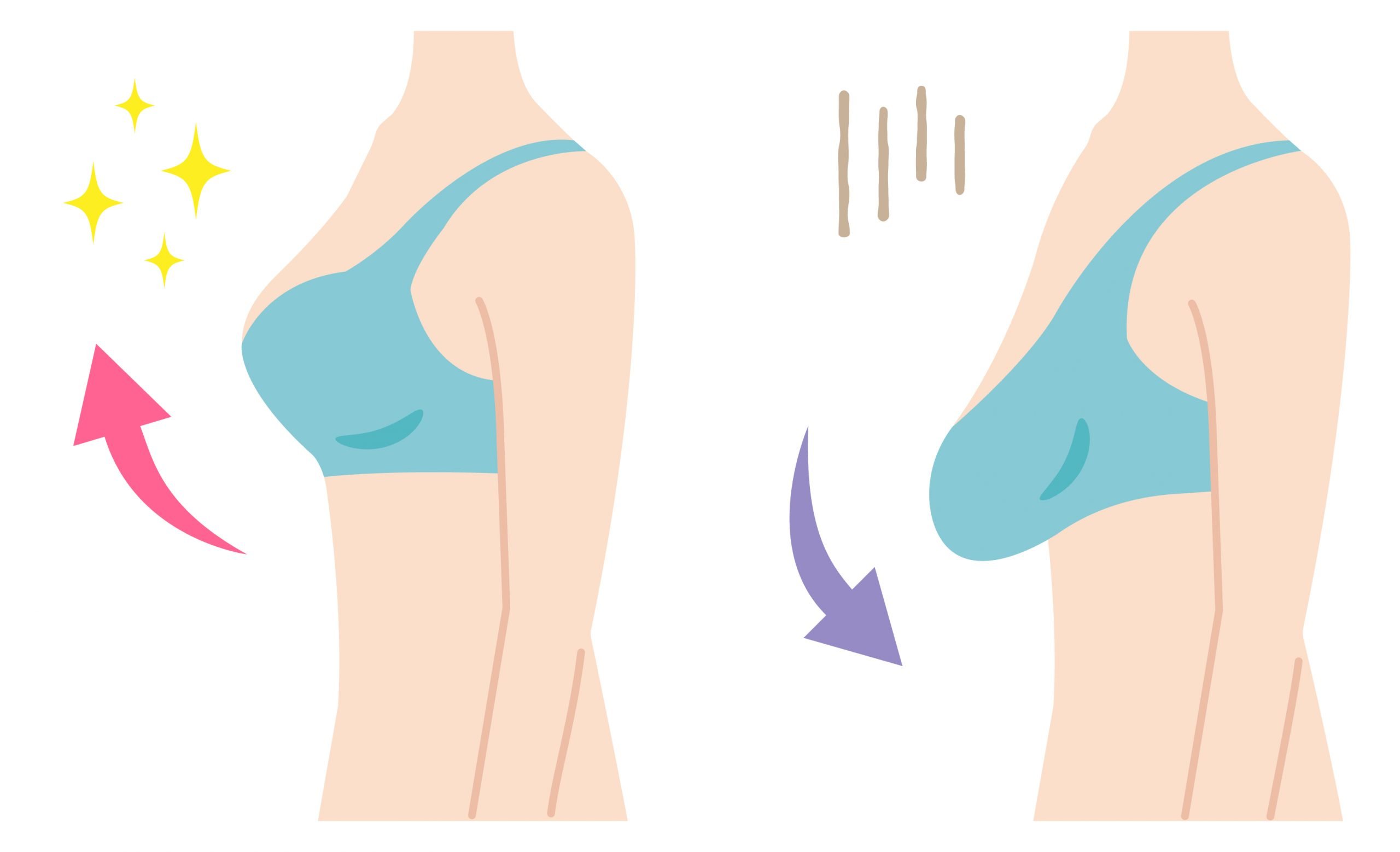
A scar from a facelift is a natural and common result of surgery. These scars won't be obvious and will look great on the face. There are many treatment options. Fillers, Botox, as well as a variety of other treatments, are just a few options. Getting a face lift is a great way to improve the appearance of your face and improve your confidence.
Incisions behind each ear
For neck lifts or facelifts, surgical incisions may be made posteriorly behind and along the occipital lines. These scars are not visible unless you're looking directly at them. Moreover, the scars are not visible in routine close-up photographs of the ear.
The incisions are placed correctly to conceal scarring and ensure the final results. Incisions are usually made behind the ear. These scars are usually the most noticeable, but less obvious. Dr. Jacono uses a new technique where the incision is concealed behind the cartilage and tragus inside the ear canal. This allows him to achieve an undetectable scar while minimizing the signs of aging.

Placement of stitches
The order of the stitches used to repair scars from facelifts can vary depending on how large the scar is, the shape of the scar, and the length of the wound. The general rule of thumb is to place the first stitches midway between the wound’s corners and the midline. Next, add a second stitch to each side. You can also use bisecting stitches to close the wound. The first two should not overlap.
These sutures, which are often ultra-fine for facelift surgery, help minimize scarring. The underlying muscles and fat layer are pulled tight. This pulling on the skin can pull at the stitches. In a healthy body, the body is able to repair skin cells and regenerate connective tissues so a suture won't cause permanent damage.
Inconspicuousness in scarring
Many patients have questions about the inconspicuousness and appearance of scars from facelifts after they have had it done. Many patients prefer a more natural-looking neckline and jawline but do not desire visible scarring. Though all incisions may leave scarring, properly executed and planned surgeries will make them as discreet as possible. The face lift involves lengthy incisions around hairline and ears. Correctly placed incisions can create a natural look that is desired by facelift patients.
Scars tend to be brighter and more prominent when they are first formed. This can lead to some disorientation in the initial weeks following surgery. Most scars fade over time. In certain cases, some may even disappear completely. Everyone heals at a different pace and there is no time limit for scarring.

Treatments available
The results of a facelift can vary widely. Face lifts can improve the appearance and texture of deep wrinkles, jowls, skin laxity, and facial muscle tightening. Patients may also benefit by a forehead lift and/or blepharoplasty to reduce signs of ageing around the eyes, brow, and neck.
To reduce scarring from your facelift, silicone sheeting is a good option. You can purchase silicone sheeting at your local grocery or over the counter. This type sheeting increases circulation and breaks up adhesions. It encourages the production of collagen, which helps to heal incisions. The silicone sheeting must remain on for at least six months.